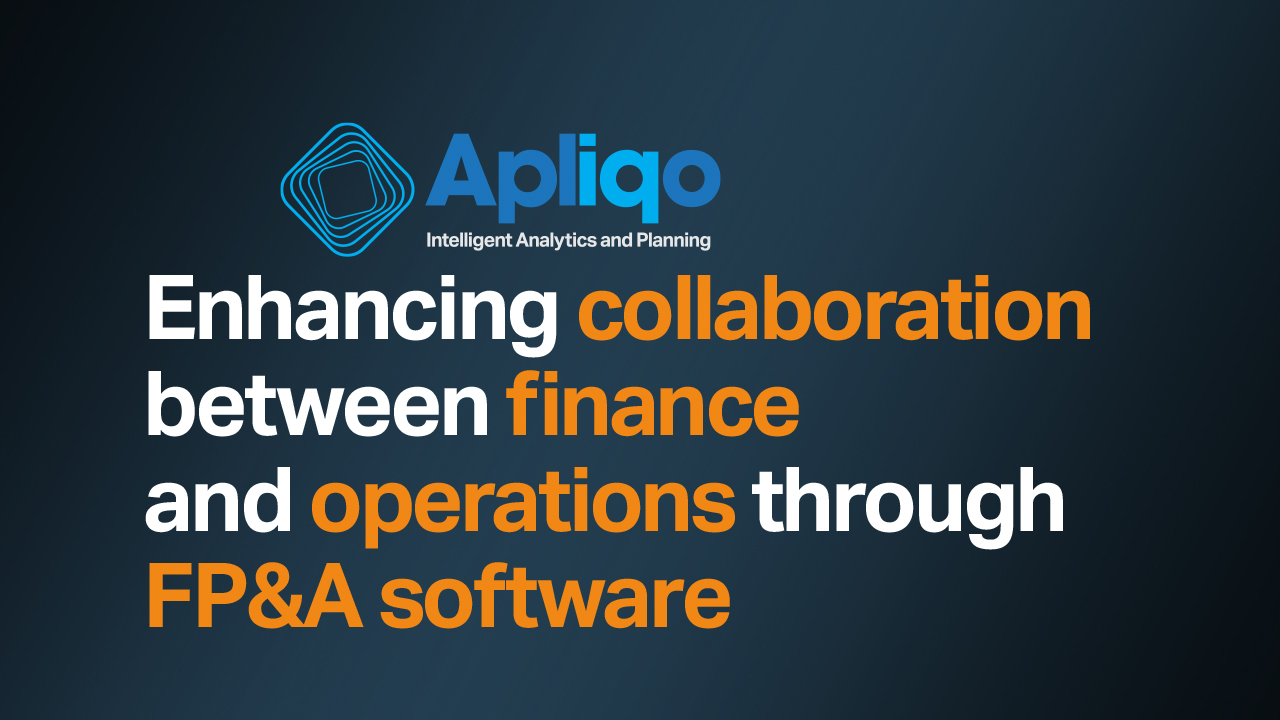More and more companies are doing away with fixed budgets. The term “rolling forecast” is doing the rounds of finance departments as an alternative. So what is this all about?
A study by the University of Zurich has revealed that more than 50 percent of all companies don’t update their budgets during the year. Moreover, it can take up to four months to prepare an annual budget. This is often because budget forecasts are broken down in too much detail, often in areas that do not have any real strategic value. It therefore shouldn’t come as a surprise to learn that the traditional budgeting process is coming under increasing criticism, particularly since the complexity and fast-moving nature of business has increased rapidly over recent years and key components of a static budget become obsolete after just a short time. With most budgeting processes taking months to complete this hardly facilitates an efficient use of resources.
Situational and agile management
In contrast to the traditional budgeting process, a rolling forecast aims for a constant adjustment of planning to versus what’s happening. Gone is the 12-month budget carried out once a year after which planning is laid to rest. With a rolling forecast, planning is a continuous process with previous plans being regularly reviewed, updated and substantiated at predetermined time intervals for a rolling time period that may comprise 12 or 18 months. The advantages are obvious:
- Enhanced performance: Rolling forecasting boasts a much greater accuracy as it is possible to draw on up-to-date information at regular intervals.
- Target-oriented planning: Rolling forecasting is a very goal-oriented planning method. In contrast to annual budgeting, a glance into the future takes place at regular intervals (normally quarterly) and adequate measures are taken on the basis of the overall strategy to achieve or if necessary adjust the set targets.
- Fewer resources: Rolling forecasting takes much less time and consumes significantly fewer financial resources than traditional budgeting methods – particularly when driver-based planning methods are used.
A change in culture is needed
Rolling forecasting thus involves forecasts carried out at defined intervals for a predefined period of time (e.g. once per quarter for the next four to six quarters – variable depending on the business model and industry). For instance, an additional quarterly period is accordingly added to the forecast at the start of each quarter (i.e. in January, April, July and October) and the existing forecasts are revised and if necessary updated on the basis of the latest actual figures and future expectations. Ideally, the rolling forecast process should involve operating units and not just finance. In other words, use the front line, as front line managers most strongly perceive short-term changes in the business environment. It is wrong to implement regular forecasting only in the boardroom. As Peter Drucker observed, “culture eats strategy for breakfast.” Any change in planning method without also accounting for organizational culture will not succeed. If forecasting is a “top management only” activity then a change of culture is also called for.
Do you wish to know more about Apliqo? Klick HERE.







